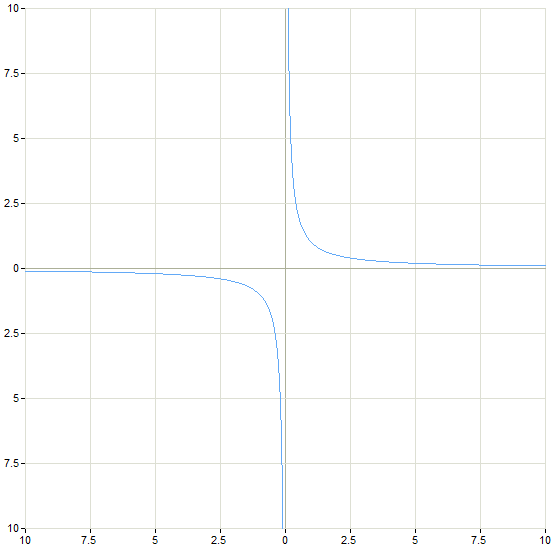Okay, I didn't watch the video because I got bored at the first few seconds. xD But I'll reply to this anyway.
First of all, this is one of the things I hate about philosophy: it asks the wrong questions. It obviously exists, otherwise we wouldn't be talking about it. The real question here is why they exist.
Zagadka wrote:Would it be correct to say that a nominalist viewpoint would be that a number is "of something"... saying 1,748,392 means nothing, but saying 1,748,392 kg means something.
So, why is it that 1,748,392 kg means something. More specifically, what makes you conclude that 'kilograms' (and, thus, the whole concept of 'mass') exist, but not 'numbers'? Many people will be tempted to say that mass obviously exists because you can feel it. But can you? After all, how do we define mass?
m = F/a is a good starting point. And that pretty much one of the ways how you would measure mass. You apply a force to an object, and measure its acceleration. So, does mass really exist, or is it just a part of the of force/acceleration relationship, like 1,748,392 is simply part of the mass of the object you invented there.
In the end of the day, numbers are just a mathematical abstraction we use to simplify our lives. Just like mass is a physical abstraction that exists only because it is useful for us. The same can be applied to pretty much any science. For example, do genes exist? Genes are just a combination of letters (AAGTGCGTAGCT...), after all, or from a physical point of view, they are just a bunch of nucleotides that work together to synthesize proteins. But 'genes', as a concept, exist, because we have defined that concept as an abstraction to study how they work. Another example: does memory or ideas exist? They are just neurons interacting with one another, after all.
Similarly, pi (or tau if you prefer) is only a thing when it is applied to a circle. Without the circle, it isn't anything.
Why does a circle exist, then? It's a mathematical structure just like a number is. You can describe a circle using just numbers. In fact, just one number: either it's radius or its circumference.
I can certainly say that there are zero bananas on my desk, and I can understand a negative number in a more abstract way... I can't say there are -1 bananas on my desk (don't ask me why I'm fixated on bananas), but I can comprehend there being one less banana on my desk than could potentially be there. I usually just think of such things on a graph.
If you change 'bananas' and 'desk' to 'dollars' and 'bank', it starts making sense, though. If you have -3000 dollars in your bank account, that means you owe the bank money. It is, as a concept, as real as having 3000 dollars there.
I also don't have a problem with sqrt(-1) or other imaginary numbers, since I take the operative word "imaginary" literally. Maybe fictionalism makes more sense there, since it literally doesn't fucking exist ever anywhere, and that may work for more abstract concepts.
That's actually the worse approach you can take to imaginary numbers. xD They are about as real as any other number set. You can actually "feel" them just like you would "feel" natural numbers by counting something — let's say bananas on your desk. Just take two different phases from your electric panel and measure the voltage accross them. If either phase is 127 Volts, you'll sum those voltages and get... 220 Volts. Weird, no? Well, no, because AC voltage is a complex quantity. The 127 there refers just to its absolute value. The voltages in those phases are actually 127∠0° and 127∠120° (a complex number can be defined by polar coordinates as having a magnitude and an angle, but if you prefer cartesian coordinates, 127∠120° = -63.5 + 110*i).
Complex numbers are real and useful. They are not just mathematical structures that people invented for fun.
Dividing by zero I can imagine since I picture it on a graph

I'm not sure if that is technically nominalism or platonism or fictionalism though.
That's actually a tough one, as you need hyperreal numbers to define
1/0 = ∞ an
1/∞ = 0. But well, those are incredibly useful in calculus too.
But I don't think that "1" exists. "1" is specifically 1 of something. You don't have to necessarily mention or define that something, but 1 unit divided by 2 units is half of 1 unit.
Thoughts?
Yes, in "1 unit of stuff", '1' exists just as much as 'unit' or 'stuff'. If you take physical units, for example, you'll see that they all have circular definitions:
http://en.wikipedia.org/wiki/SI_base_unit#The_seven_SI_base_units. The definition of meter depends on the velocity of light, which depends on the definition of second, which depends on the definition of kelvin, which depends on the definition of mole, which depends on the definition of kilogram, which depends on the definition of meter (the international kg prototype has defined proportions after all). So how can we say that any of those units/quantities actually exist? They are just abstractions we use to represent phenomena (like meters being used to determine how much light can travel in I-don't-know-how-many-seconds), just like numbers are abstractions we use to represent phenomena (like how many bananas are on your desk right now).

PoFo ethnic party statistics: http://www.politicsforum.org/forum/viewtopic.php?f=4&t=8&p=14042520#p14042520





















 - By Tainari88
- By Tainari88 - By Fasces
- By Fasces